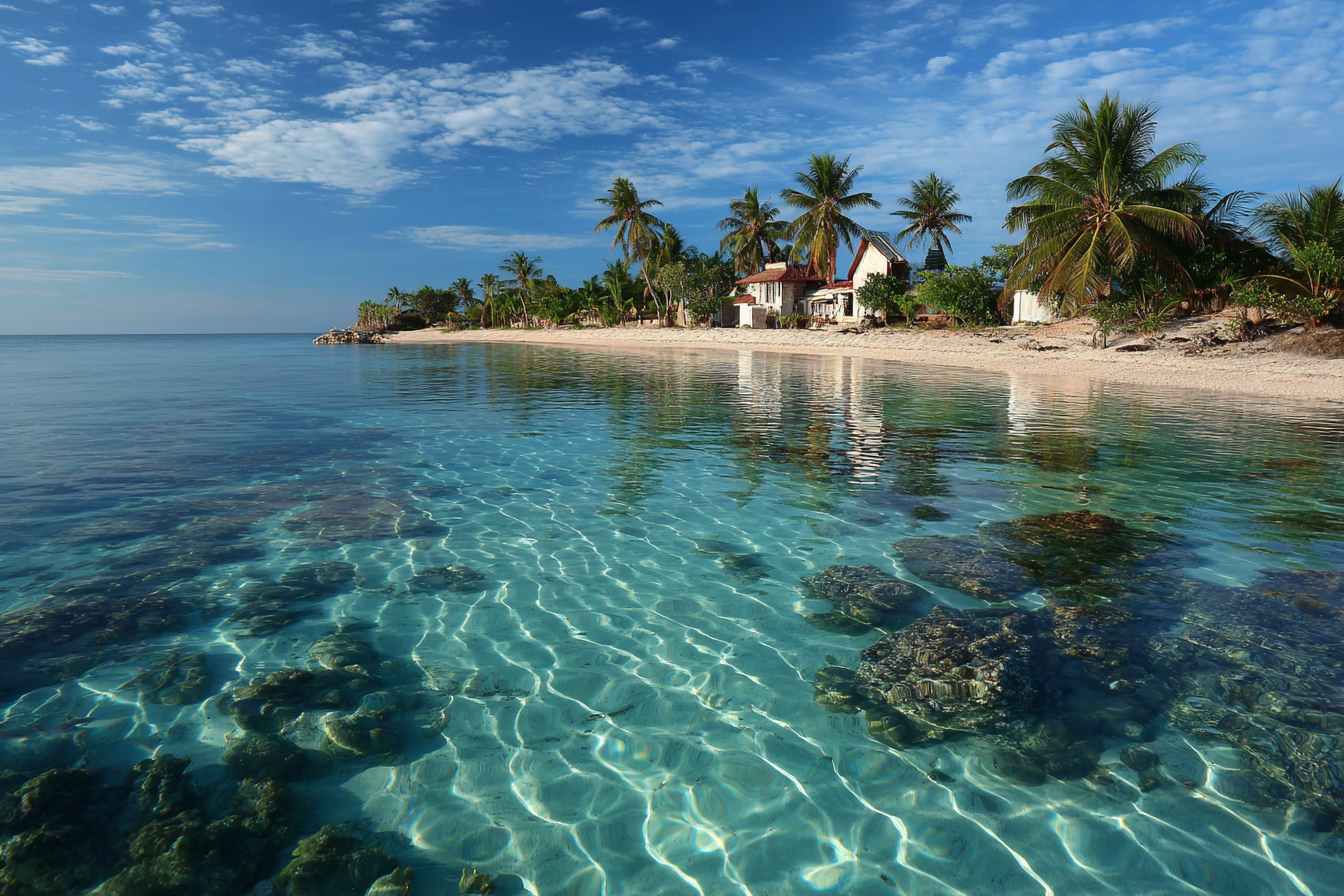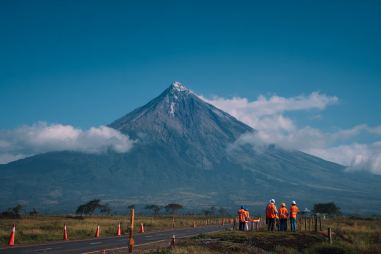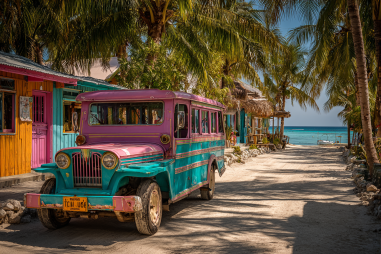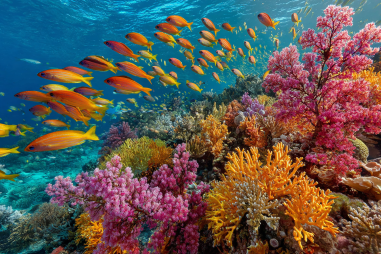Kalanggaman Island, a pristine stretch of white sand and crystal-clear waters in the Philippines, has become a must-visit destination for beach lovers, snorkelers, and nature enthusiasts. But like many tropical paradises, when you visit can significantly impact your experience. From weather conditions and crowd sizes to local wildlife activity and travel costs, timing your trip the right way matters. If you’re planning to explore the breathtaking beauty of Kalanggaman Island, understanding the best time to visit will help you make the most out of your getaway.
Overview of Climate and Seasons
Kalanggaman Island enjoys a tropical climate typical of the central Philippines, characterized mainly by two seasons: the dry season and the wet season. The dry season generally spans from November to May, offering mostly sunny days, calm seas, and minimal rainfall. This period is ideal for beach activities and water sports. On the other hand, the wet season runs from June to October, marked by intermittent heavy rains and occasional typhoons, which may disrupt travel plans and outdoor activities.
Temperatures remain relatively stable year-round, hovering between 25°C to 33°C (77°F to 91°F). Humidity tends to be higher during the wet season, making the air feel warmer. Understanding these climatic patterns will help you choose the best months to enjoy both the weather and the island’s natural offerings.
Peak Season vs. Off-Season Benefits
Generally, the peak tourist season on Kalanggaman Island aligns with the dry months from December to April. During this time, expectations are high for perfect beach weather, clear skies, and excellent visibility under the water. With clearer conditions and calmer waves, snorkeling and diving are at their best. However, this also means the island sees a higher influx of visitors, especially during holidays and weekends.
The benefits of visiting in the peak season include:
- Ideal weather for sunbathing, swimming, and island hopping
- Greater availability of boat trips and tours to the island
- Vibrant atmosphere due to more visitors
However, crowded beaches and higher prices can be downsides.
The off-season, mainly during the wet months of June through October, offers tranquility and a more secluded beach experience. Visitors during this time can enjoy a quieter, more intimate visit, but must contend with the chance of rain and rougher sea conditions. Many local operators may reduce services or close temporarily during intense weather periods.
Weather Considerations for Outdoor Activities
Since Kalanggaman Island’s primary attractions revolve around outdoor activities like swimming, snorkeling, scuba diving, beach volleyball, and sunbathing, weather plays a critical role in your experience. The dry season is perfect for these activities, with calm waters that increase visibility and safety.
During the wet season, unpredictable weather can lead to strong waves and reduced underwater visibility, making ocean activities tricky or even unsafe. It is also worth noting that boat trips to and from the island could be canceled during typhoons or heavy rains, potentially leaving travelers stranded or forcing last-minute changes to itineraries.
Always check the local weather forecast and sea conditions before planning your trip, especially if you aim to visit during the off-peak months.
Wildlife and Marine Conditions by Season
Kalanggaman Island boasts vibrant marine life, including colorful coral reefs, tropical fish, and other aquatic creatures. The best time to observe these marine wonders typically coincides with the dry season, when the water is clearest and most inviting.
Marine biodiversity may appear less visible during the rainy months due to higher sediment levels and stronger water currents that can disturb coral reefs. Additionally, some species are more active or visible during specific months, such as sea turtles nesting, which can enhance your wildlife encounters if timed right.
Birdwatchers may also find seasonal variations in local and migratory bird species around the island, further enriching a trip planned with nature observation in mind.
Local Festivals and Events
While Kalanggaman Island itself is a quiet stretch of land with limited festivals, the surrounding municipality hosts several local events that travelers can experience when visiting the area. For instance, the nearby town of Palompon celebrates the Palompon Fiesta in mid-September, which offers a cultural insight into local traditions with lively parades, food fairs, and religious activities.
Planning your trip to coincide with these events can provide an added cultural dimension to your visit. However, it’s essential to balance this against weather considerations and tourist density during these periods.
Travel Cost Variations
Travel costs to Kalanggaman Island, including accommodation, boat transfers, and tours, tend to fluctuate with the seasons. The peak months from December to April usually see higher prices due to demand. Accommodation rates rise, and boat operators charge premium rates. Booking in advance is highly recommended if traveling during this period to secure availability and better prices.
During the off-peak months, you might find more affordable rates for accommodations and transport, but the trade-off could be unpredictable weather and reduced service availability. Budget-conscious travelers who don’t mind the occasional rain might find these months more budget-friendly.
Recommendations for Different Traveler Types
Beach Lovers and Sun Seekers
The best time to visit is during the dry season from November to May, especially between February and April, when the sun is at its brightest, and the island is at its most beautiful.
Diving and Snorkeling Enthusiasts
Visibility is key for underwater activities. Plan your visit from December to May for the clearest waters and the best chance to see abundant marine life.
Budget Travelers
Off-season visits between June and October can offer significant savings on travel costs, but be prepared for occasional heavy rains and limited services.
Travelers Seeking Solitude
To avoid crowds and enjoy a peaceful experience, consider visiting during weekday off-peak periods within the dry season or during the shoulder months of November and May, when the weather is still good but the crowds have decreased.
Event and Culture Enthusiasts
Plan your trip around local festivals and cultural events in the nearby towns, like the Palompon Fiesta in September, but be mindful of seasonal weather risks.
Making the Most of Your Trip to Kalanggaman Island
Choosing when to visit Kalanggaman Island largely depends on what you prioritize—whether it’s perfect beach weather, quieter surroundings, budget-friendly options, or cultural experiences. The dry months from November to May offer the best overall conditions for sea and sand lovers, while the rainy months provide quieter, off-the-beaten-path experiences for more adventurous or budget-conscious travelers.
Whichever season you choose, always prepare ahead by booking accommodations and transportation, checking the weather forecast, and packing suitable gear to make your Kalanggaman Island escape truly memorable. With careful planning, you’ll be able to enjoy the island’s stunning sandbars, vibrant marine life, and relaxing ambiance at any time of the year.







